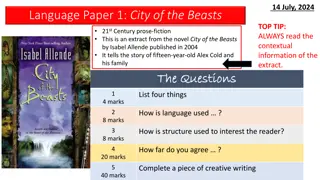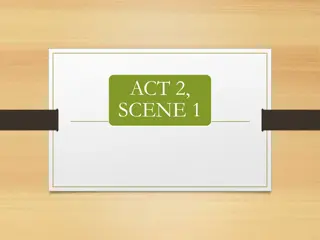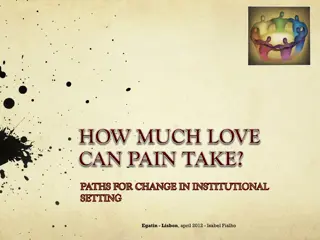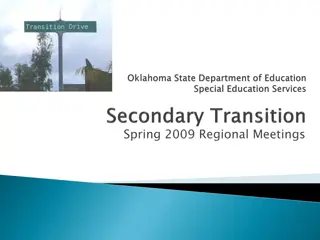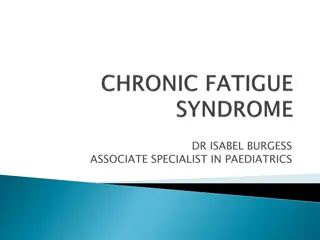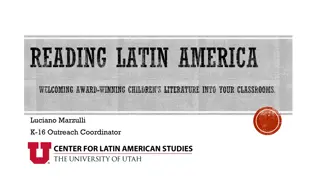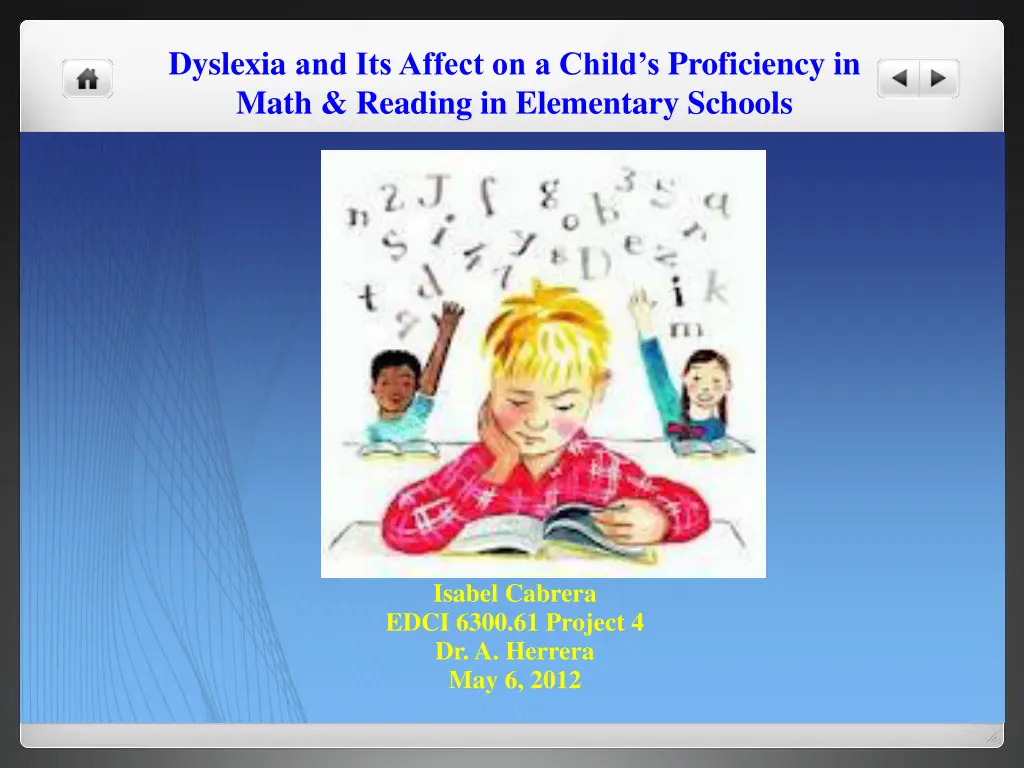
Understanding Dyslexia: Effects on Elementary Students
Explore the impact of dyslexia on elementary students' proficiency in math and reading. Discover the necessity of researching dyslexia to support successful learning outcomes for these students. Delve into the various types of research methodologies used to study dyslexia and its effects, along with a review of literature focusing on brain scans and regions responsible for language processes.
Download Presentation

Please find below an Image/Link to download the presentation.
The content on the website is provided AS IS for your information and personal use only. It may not be sold, licensed, or shared on other websites without obtaining consent from the author. If you encounter any issues during the download, it is possible that the publisher has removed the file from their server.
You are allowed to download the files provided on this website for personal or commercial use, subject to the condition that they are used lawfully. All files are the property of their respective owners.
The content on the website is provided AS IS for your information and personal use only. It may not be sold, licensed, or shared on other websites without obtaining consent from the author.
E N D
Presentation Transcript
Dyslexia and Its Affect on a Childs Proficiency in Math & Reading in Elementary Schools HomeButton.png Isabel Cabrera EDCI 6300.61 Project 4 Dr. A. Herrera May 6, 2012
HomeButton.png Problem Statement The problem is that students with dyslexia in the elementary grades have difficulty attaining the proficiency levels in math and reading as measured by the mandated Texas state (STAAR) examinations.
HomeButton.png Purpose The purpose is to find out if dyslexia affects a child s proficiency in math & reading in an elementary setting due to having learning difficulties.
HomeButton.png Need The need to research dyslexia is to bring awareness to teachers and help these students become successful learners.
HomeButton.png Definition Wadlington (2000) defines dyslexia as a neurologically based learning disability that hampers language acquisition and processing.
HomeButton.png Types of Research The studies in the research literature synthesis consisted of both experimental and non-experimental including: causal-comparative, case studies, correlational, quantitative, qualitative, interviews, program evaluations, and snowball sampling.
HomeButton.png Review of the Literature Most of the literature found were on the brain scans of dyslexic children. The left hemisphere region continues to play a crucial role as the brain mechanism that supports the basic reading skills such as decoding and recognizing words (Simos et al., 2011).
HomeButton.png Review of the Literature Although, research studies have pinpointed that the planum temporale, a region of the brain that is responsible for language processes such reading, writing, and spelling, which all three are interdependent (Karnes, 1996, p.149).
HomeButton.png Review of the Literature Many struggling or poor readers are vulnerable to becoming academically, socially, and emotionally detached from school because they are evaluated ruthlessly using quantitative measures such as Texas (STAAR) state tests leaving them with emotional scars, feelings of inferiority, and low self confidence (Zambo, 2004, p. 80).
HomeButton.png Results Most of the research literature did find a correlation between brain functioning and dyslexic readers. Consequently, these poor readers struggle in their school work.
HomeButton.png Gaps in the Literature Limitations: 1. Brain research is new. 2. The brain is very complex organ. 3. There is not one specific reading program that can help all dyslexic students. 4. There were limited studies on dyslexia affecting a child s proficiency in math and reading. Most of them found were on brain studies. 5. Complications that may accompany dyslexia are factors such as ADD/ADHD.
HomeButton.png Conclusion Based on the research literature, dyslexic students need to be identified so they can receive the services they need in order to be successful in school and pass the mandated Texas (STAAR) examinations. In addition, teachers need to become aware of dyslexia so they can use strategies to help these students and build up their self-confidence.
HomeButton.png Sources Google images. Karnes, L. R. (1996). From Strephosymbolia to Dyslexia in the United States. Dyslexia (10769242), 2(3), 147-149. Microsoft PowerPoint. Simos, P. G., Fletcher, J. M., Denton, C., Sarkari, S., Billingsley-Marshall, R., & Papanicolaou, A. C. (2006). Magnetic Source Imaging Studies of Dyslexia Interventions. Developmental Neuropsychology, 30(1), 591-611. doi: 10.1207/s15326942dn3001_4. Wadlington, Elizabeth. (2000). Effective Language Arts Instruction for Students With Dyslexia. Preventing School Failure, 44(2). Zambo, D. (2004). Using Qualitative Methods to Understand the Educational Experiences of Students with Dyslexia. Qualitative Report, 9(1), 80-94.






